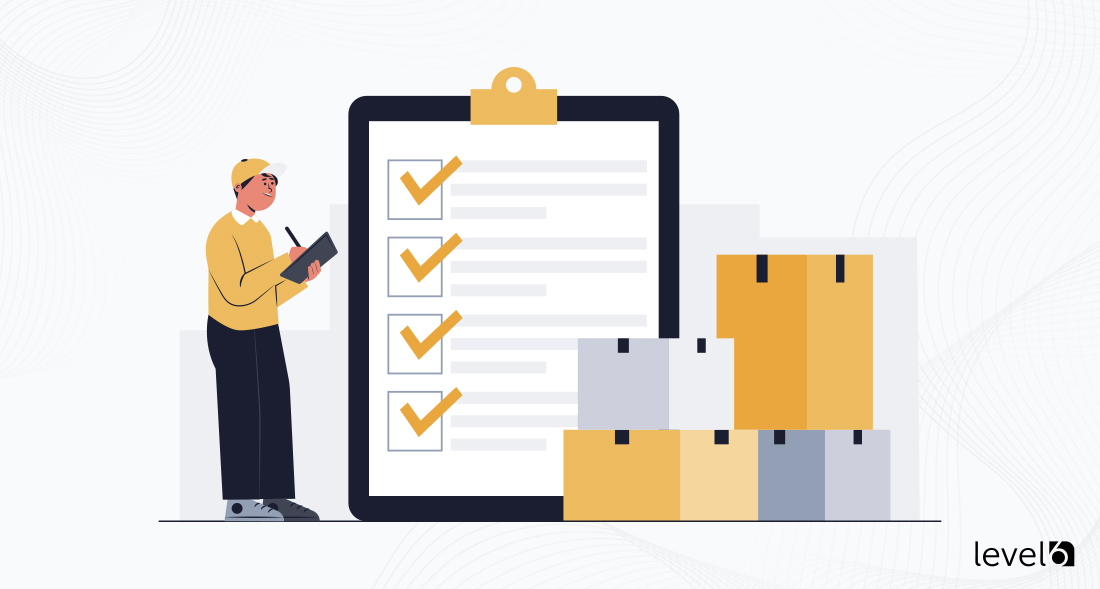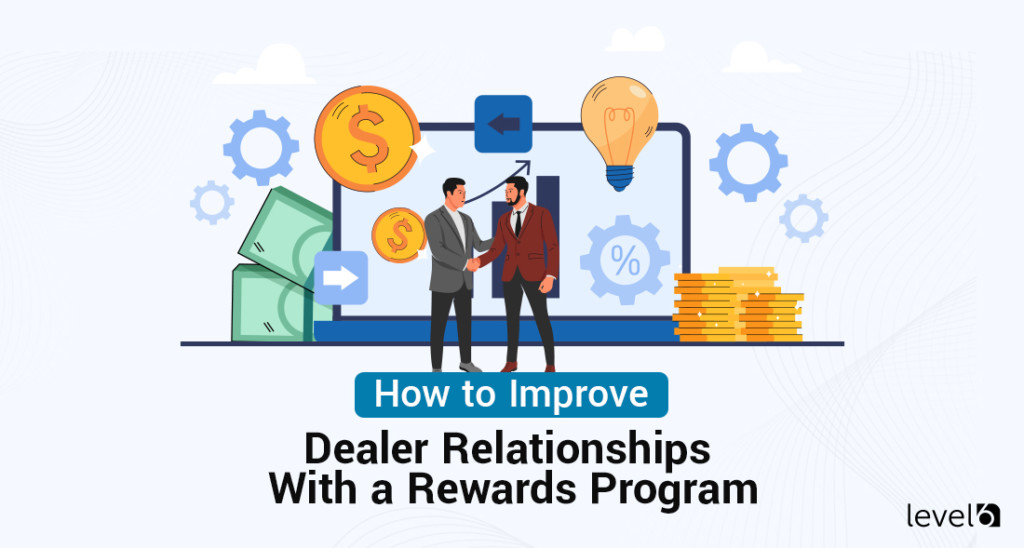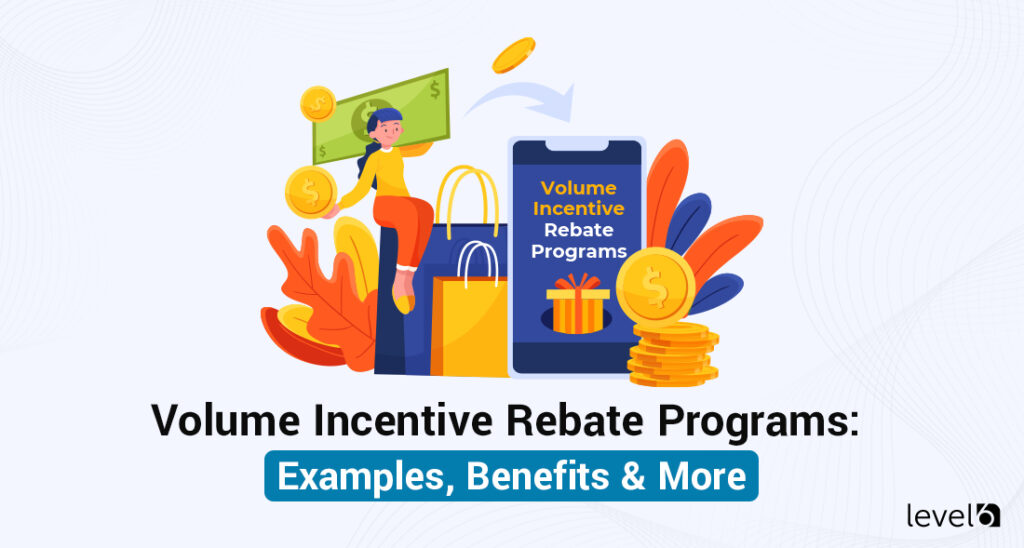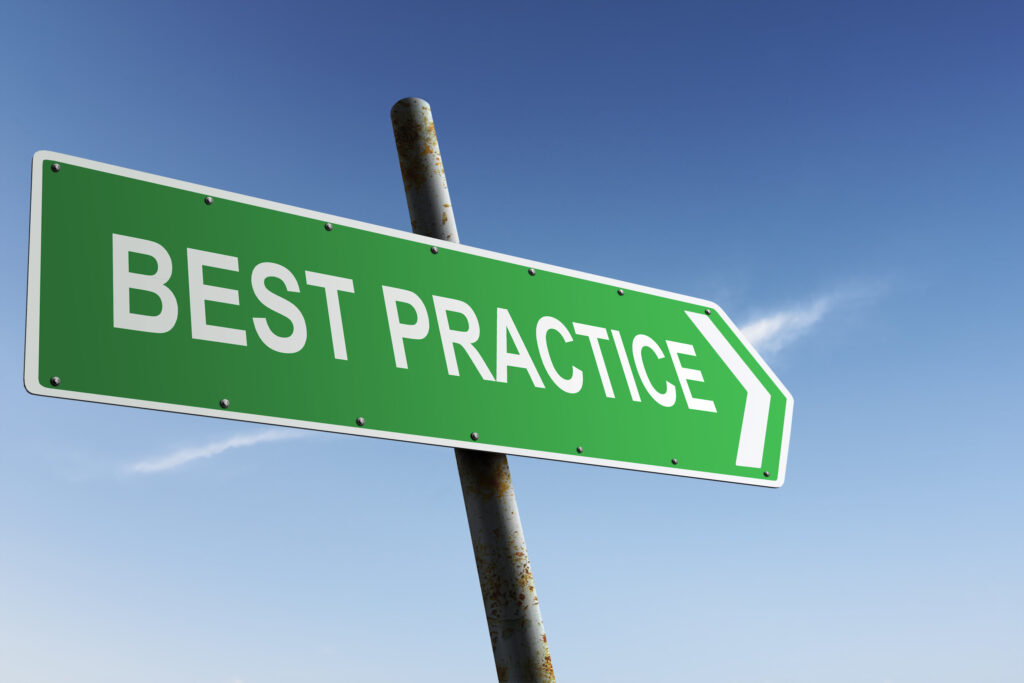According to the Cambridge Dictionary, when it comes to business, a good definition of an incentive is “something, especially money, that encourages a person or organization to do something.” One party offers another an “encouragement” to adopt certain behaviors for which they can expect a reward.
In general, there are three distinct types of incentive programs used by industry leaders to increase their bottom line. These three are employee incentive programs, sales incentive programs, and dealer incentive programs.
Employee incentive programs are “motivation programs that are designed to reward or benefit employees.” These types of programs “play a major role in encouraging positive behaviors and attitudes among the workforce.”A wide variety of incentive programs exist, like recognition and rewards, profit sharing, referral programs, professional development, and many others. Choosing the right incentive program can be a beneficial investment both for employees and the company.
Sales incentive programs are ways to “motivate and reward salespeople for reaching and exceeding their sales goals.” These types of incentive programs are used in addition to a standard incentive program. Types of sales incentive programs include role-specific sales incentives, split sales incentives, presales incentives, omnichannel sales incentives, and analytics-based sales incentives.
Dealer incentive programs are “financial inducement[s] used by manufacturers to motivate dealers to sell a particular product by offering discounts on that product.” It’s usually a corporate sales strategy where the manufacturer agrees to charge the dealer less for a product, and this increases their profit margin after the sale. This type of dealer incentive is used to get rid of slow-selling products, to “realign inventory, or to continue to motivate salespeople to keep selling even after their specific monthly sales goals are met.
In this post, we’ll break down each type of dealer incentive program to help you understand which will work best for your organization.
Understanding A Dealer Incentive Program
Setting up an incentive program for dealers, agents, distributors, and other go-betweens takes a different approach from setting up an employee and sales incentive program. The key difference between these incentive programs is that dealer incentives don’t reward people in your own company.
Dealers and distributors resell your products or services directly or indirectly through their own businesses, which makes how you communicate with them quite different and can complicate the program’s effectiveness.
Most companies sell through a go-between. The distributor usually takes responsibility for any billing for the products or services they go on to sell to other companies. Dealers can buy from distributors or directly from manufacturers.
Looking to learn more about an incentive, rebate
or reward program for your business?
Curious about costs?
Try our instant pricing calculator:
They then go on to sell the distributors’ products or services directly to the end consumer or to other businesses. Agents and independent representatives are the ones who sell to distributors, dealers, or end users for which they receive a commission from the companies they represent.
You should structure your incentive program based on the type of go-between you want to motivate and the relationship you have with the companies involved.
First, Be SMART
A helpful way to set up an effective dealer incentive program starts by using the SMART model. Your incentive program is more likely to achieve its goals if your goals are detailed and informed. Defining and visualizing what “success” looks like will help you recognize it once you’ve achieved it.
The SMART model acronym stands for:
- Specific
- What do you need to accomplish?
- Who will take responsibility for making sure the goal is reached?
- What steps need to be taken?
- Measurable
- What target (amount, number, etc.) needs to be reached for success?
- How many platforms are enough to set your strategy?
- Achievable
- Can your team reasonably accomplish the targets you set?
- What roadblocks might be encountered in trying to reach your target?
- Relevant
- Why are you setting this specific goal?
- Why aren’t you choosing a different type of goal?
- Time-bound
- What’s your “time horizon?”
- When will your team start creating identified tasks?
- When will your team start implementing identified tasks?
- When will these tasks need to be finished?
Using the five steps in this SMART framework will help you succeed in setting one primary objective and perhaps one or two other related but secondary goals without missing a single step!
Who And What Is Crucial To The Success Of Your Program
Manufacturers no longer need hundreds of representatives due to retail consolidation, but many consumer and business-to-business suppliers still move considerable volume through go-betweens. Key audiences for any successful dealer incentive program are the manufacturers’ representatives, independent sales agents, wholesalers, retailers, and even the buyers at those retailers.
These target audiences can help achieve objectives such as stocking more products, participating in marketing or training programs, putting up displays, participating in co-op marketing programs, or providing customer databases. It is worth noting that while all dealers are important, the top 20 percent of dealers typically comprise the bulk of the business.
Companies may also want to target dealer salespeople. However, it is essential to do so in a way that benefits the principal as well. This could be done by providing dealers with extra sales materials or training.
In some cases, dealers appreciate incentive programs to provide employee perks or extra training. This can foster loyalty among dealer staff members and incentivize them to continue working hard to promote products. Companies might consider sending their key customers on trips, offering discounts on future orders, and giving out other types of rewards for achieving key objectives.
In addition to these incentives for dealers, companies should consider offering incentives directly to their customers if they want to drive sales. For example, they could offer bonuses like free shipping on orders over a certain dollar amount or discounts on specific items.
They could also offer special limited-time deals to incentivize customers to buy before time runs out. Companies should also make sure they use feedback from dealers when assessing their incentive program effectiveness.
This will allow them to make improvements where necessary, ensuring maximum effectiveness and efficiency when it comes to reaching desired goals.
Who Benefits From A Dealer Incentive Program?
Dealer incentive programs provide an opportunity for companies to compete for the attention of intermediaries such as dealers, agents, and distributors. Intermediaries will do what is best for their customers and their company, not necessarily what is best for the company itself.
One way to build a successful dealer incentive program is to hold a customer council and invite top dealers, agents, and distributors to an all-expenses-paid meeting where their special needs and concerns can be elicited. Dealers and distributors often react more enthusiastically to strategies that help them address fundamental problems, such as fighting competition, improving the training and retention of salespeople, building consumer loyalty, or building sales of a product or service category.
However, it does little good to motivate a dealer or distributor to stock a lot of product that never sells through. It is important to have a component that promotes sell-through, such as a promotion aimed at end-users. This could include a rebate or a free gift with the purchase. The goal should be to encourage sales of the company’s products, not just stocking up on inventory.
The right incentives can drive real sales results. Companies can achieve their desired results without breaking the bank by offering the right mix of promotions, discounts, and other incentives. A carefully crafted dealer incentive program can make a big difference in a company’s products’ success in the marketplace.
Choose The Right Rewards For A Dealer Incentive Program
When determining your award system for a dealer incentive program, rewards can range from cash, and cooperative marketing dollars, to non-cash awards such as merchandise, travel, and gift certificates. However, mass merchandisers may only be interested in receiving non-cash rewards if it is part of a joint promotion that helps boost the merchandiser’s own business objectives. On the other hand, smaller business owners and managers often appreciate the benefits of receiving merchandise and travel awards.
The best way to determine what rewards will get the most attention is to conduct a professional customer council. This will allow you to ask customers what types of rewards they prefer.
Variety is also important for any ongoing incentive program. Make sure to track the results of your incentive program as well so you can evaluate its success. Track redemptions, sales increases, and changes in attitudes toward your product or service.
There are also programs available to help manage incentive programs, including tracking progress and redemption of rewards. These programs make it easier to monitor performance over time and ensure that all the participants are held accountable for their actions. It’s important to use measures like these to make sure all parties involved are gaining something out of the arrangement.
Setting Up A Dealer Incentive Program
The first step in setting up a dealer incentive program is to decide which behaviors you’ll choose to reward. Be sure to reward behaviors that lead you toward reaching your set goals.
Types of behaviors you might want to reward may include the following:
- Closing sales of newly-released items
- Closing sales of high-margin product lines
- Participating in training to increase product knowledge
- Getting end-use customers to register products
- Getting end-use customers to submit feedback surveys
- Etc.
It’s important to think beyond simply generating repeat sales. A dealer loyalty reward program can also incentivize your dealers to:
- Increase year-over-year buying
- Encourage customers to make a trial purchase of new products
- Buy more categories of products they usually buy
- Buy in greater volume
- Promote more online sales
- Boost product knowledge
Your dealer network can be incentivized with a program to accomplish anything you wish.
Once you’ve identified the behaviors you want to reward, determine the demographics of your audience. Understanding what drives them to take advantage of the dealer incentive can help to pinpoint what and how to reward them.
You can research the general population by studying the behaviors and attitudes of those in your demographic age group, gender, and location. You can also look at your purchase history along with customer data to see what trends and preferences your dealers have displayed.
As well you can simply ask through an online survey like Survey Monkey:
- What’s important to them?
- What motivates them?
- What are their values?
- What are their interests?
- What’s their favorite part about working with you?
- What’s their opinion on loyalty programs?
- What kinds of loyalty rewards do they value the most?
Next, it’s time to determine exactly what you want your intermediaries to accomplish. Of course, the obvious goals are for your go-betweens to stock or sell more products or services, but you will need to structure the program in a way that appeals to the go-betweens.
The best way to determine this is to meet with your key distributors and agents so you can make sure to include ways to help them achieve their objectives, not just yours. Keep the program simple in order to boost the “middle 60% of dealers that can generate the most incremental volume.”
Some basic incentive program options include the following. These can, in some cases, be mixed and matched for a custom fit.
- Open-ended strategy
- Closed-end approach
- New product introduction
- Plateau programs
- Cooperative marketing programs
- Product-specific programs
- Database programs
- Training for dealer salespeople
- Customer-affinity programs
- Sales/purchase pushers
Budget for your dealer incentive programs to determine what you’ll get for your investment money. Incentive program providers should be able to give you a per-reward cost breakdown so you can see exactly where you’re spending money.
An example of “incentive program costs per reward can look like this:
- 70-76% cost of the incentive reward itself
- 8-12% participant support costs
- 6-10% cost of incentive technology platform
- 5-10% of program communications cost
- 1-10% program operations cost
- Cost of technology and set-up
- Monthly cost of maintenance and service”
The B2B Marketers’ Guide to Successful Dealer Incentives recommends spending 1-2% of sales and purchases on rewarding dealers. A total annual reward amount of $400 to $500 has shown to be enough to change dealer behaviors.
You’ll also need to choose someone to coordinate and run the program. This may require some heavy lifting work-wise, and you’ll need to consider whether you can handle the job in-house or if you’ll need to work with a full-service incentive company that can handle the administration, databasing, tracking, communications, training, and award fulfillment.
An important part of setting up a dealer incentive program includes writing the rules that govern the reward program. These rules need to clearly and concisely set out the conditions for all participants. Shorter is better — simple sentences on a one-page document should be enough to make sure everyone who reads the rules can understand them easily.
It takes forethought, strategic thinking, and refinement to create a worthwhile dealer incentive program for your business. Implementing a dealer incentive program is not only a good investment in your dealers, but it can also highlight opportunities for growth and improvement.
This is what we do best.
Our team of incentive experts will collaborate directly with you to design and develop the ideal incentive program. Every facet is customizable, from payment methods to technology to customer service levels.
We walk you through our five-step process to make sure you get the results you are looking for, no matter what type of incentive program you’re looking to implement.

Claudine is the Chief Relationship Officer at Level 6. She holds a master’s degree in industrial/organizational psychology. Her experience includes working as a certified conflict mediator for the United States Postal Service, a human performance analyst for Accenture, an Academic Dean, and a College Director. She is currently an adjunct Professor of Psychology at Southern New Hampshire University. With over 20 years of experience, she joined Level 6 to guide clients seeking effective ways to change behavior and, ultimately, their bottom line.

 Demo
Demo










